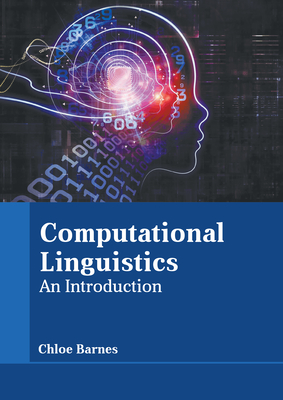多语言神经机器翻译中基于内注意的句子表征系统研究
IF 5.3
2区 计算机科学
Q2 COMPUTER SCIENCE, ARTIFICIAL INTELLIGENCE
引用次数: 1
摘要
神经网络机器翻译通过学习输入句子的良好表征,大大提高了自动翻译的质量。在本文中,我们探索了一种多语言翻译模型,该模型能够通过合并一个中间的跨语言共享层(我们称之为注意桥)来产生固定大小的句子表示。这一层利用每种语言的语义,并发展成一种与语言无关的意义表示,可以有效地用于迁移学习。我们系统地研究了注意桥大小的影响以及在模型中加入额外语言的影响。与之前的相关工作相比,我们证明了在下游任务中翻译性能与句子表征的使用之间没有冲突。特别是,我们发现更大的中间层不仅提高了翻译质量,特别是对于长句子,而且还提高了可训练分类任务的准确性。然而,较短的表示导致压缩增加,这在不可训练的相似性任务中是有益的。类似地,我们表明可训练的下游任务受益于多语言模型,而额外的语言信号不会提高非可训练基准的性能。这是一个重要的见解,有助于为特定的应用程序正确地设计模型。最后,我们还深入分析了所提出的注意桥及其编码语言属性的能力。我们仔细分析了由个体注意头捕获的信息,并确定了解释语言探测任务中特定设置表现的有趣模式。本文章由计算机程序翻译,如有差异,请以英文原文为准。
A Systematic Study of Inner-Attention-Based Sentence Representations in Multilingual Neural Machine Translation
Neural machine translation has considerably improved the quality of automatic translations by learning good representations of input sentences. In this article, we explore a multilingual translation model capable of producing fixed-size sentence representations by incorporating an intermediate crosslingual shared layer, which we refer to as attention bridge. This layer exploits the semantics from each language and develops into a language-agnostic meaning representation that can be efficiently used for transfer learning. We systematically study the impact of the size of the attention bridge and the effect of including additional languages in the model. In contrast to related previous work, we demonstrate that there is no conflict between translation performance and the use of sentence representations in downstream tasks. In particular, we show that larger intermediate layers not only improve translation quality, especially for long sentences, but also push the accuracy of trainable classification tasks. Nevertheless, shorter representations lead to increased compression that is beneficial in non-trainable similarity tasks. Similarly, we show that trainable downstream tasks benefit from multilingual models, whereas additional language signals do not improve performance in non-trainable benchmarks. This is an important insight that helps to properly design models for specific applications. Finally, we also include an in-depth analysis of the proposed attention bridge and its ability to encode linguistic properties. We carefully analyze the information that is captured by individual attention heads and identify interesting patterns that explain the performance of specific settings in linguistic probing tasks.
求助全文
通过发布文献求助,成功后即可免费获取论文全文。
去求助
来源期刊

Computational Linguistics
工程技术-计算机:跨学科应用
CiteScore
15.80
自引率
0.00%
发文量
45
审稿时长
>12 weeks
期刊介绍:
Computational Linguistics, the longest-running publication dedicated solely to the computational and mathematical aspects of language and the design of natural language processing systems, provides university and industry linguists, computational linguists, AI and machine learning researchers, cognitive scientists, speech specialists, and philosophers with the latest insights into the computational aspects of language research.
 求助内容:
求助内容: 应助结果提醒方式:
应助结果提醒方式:


